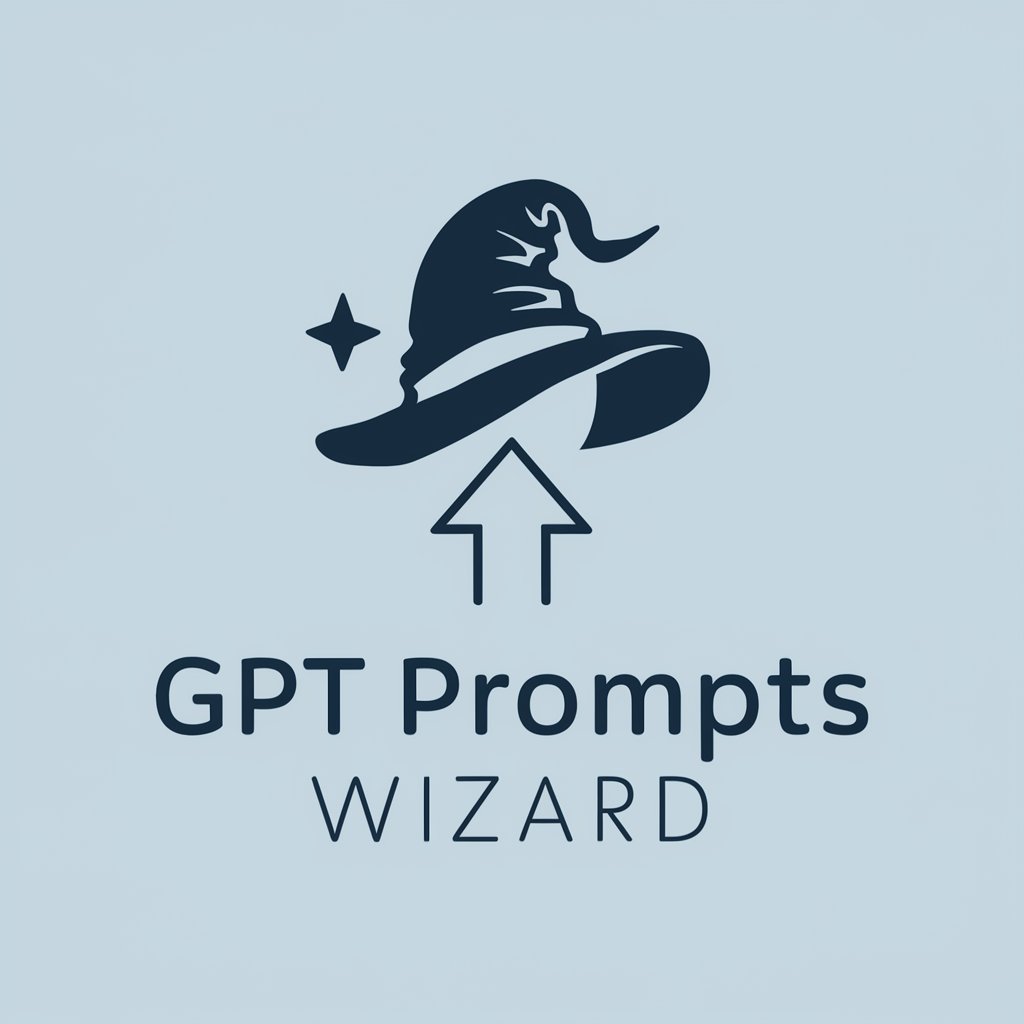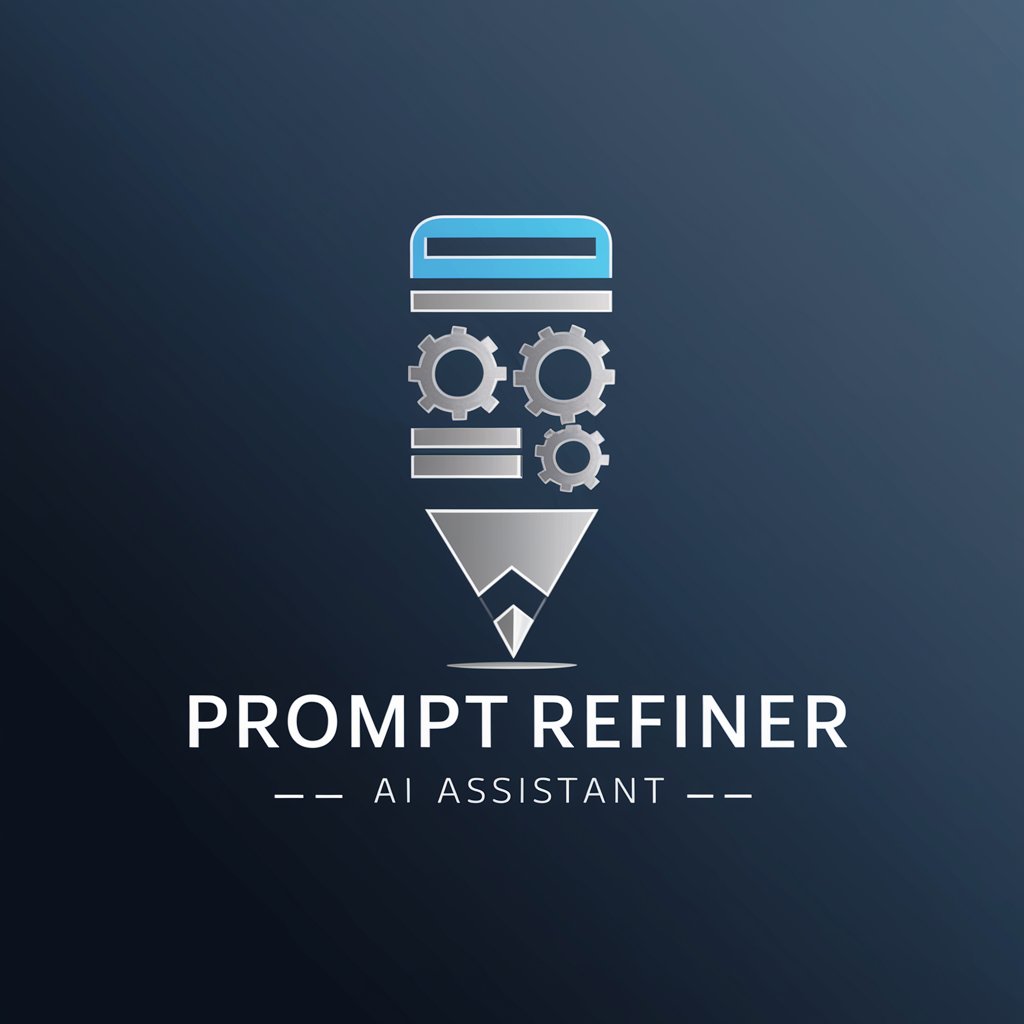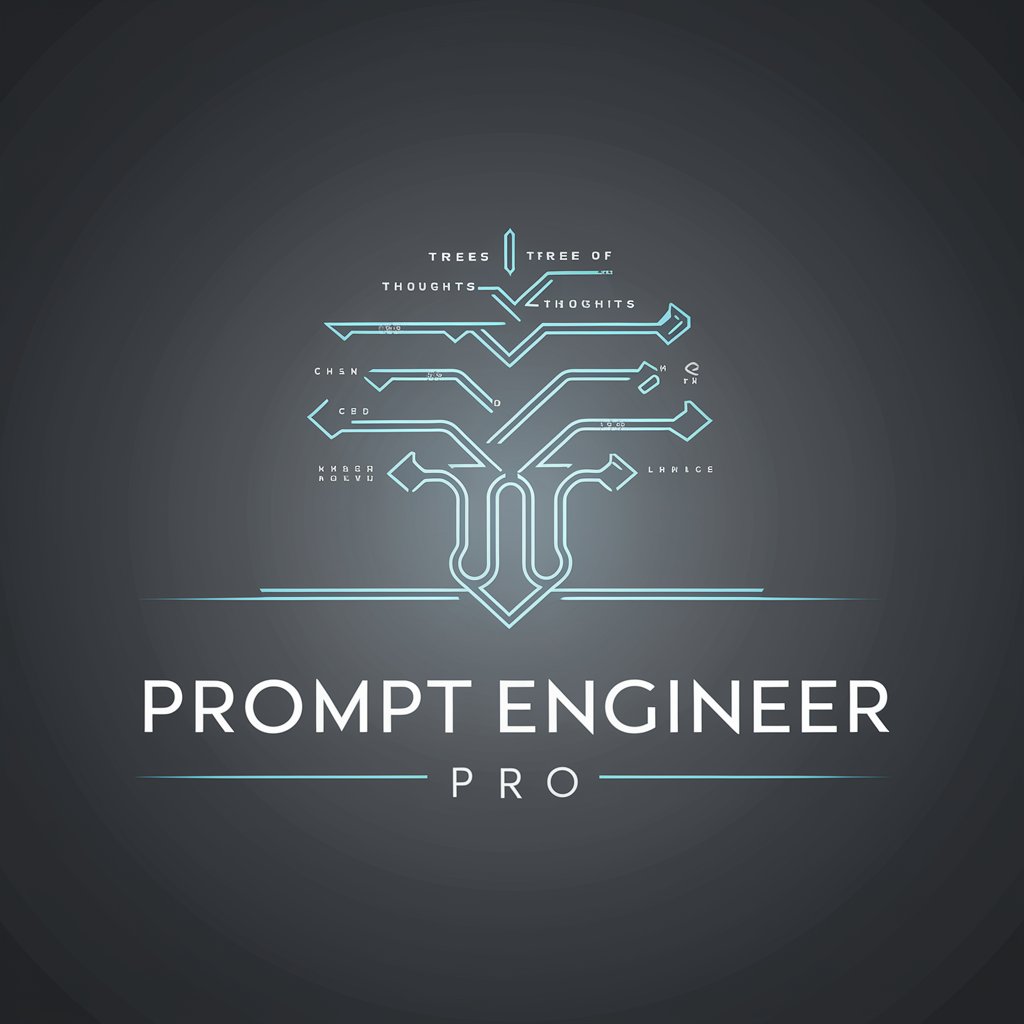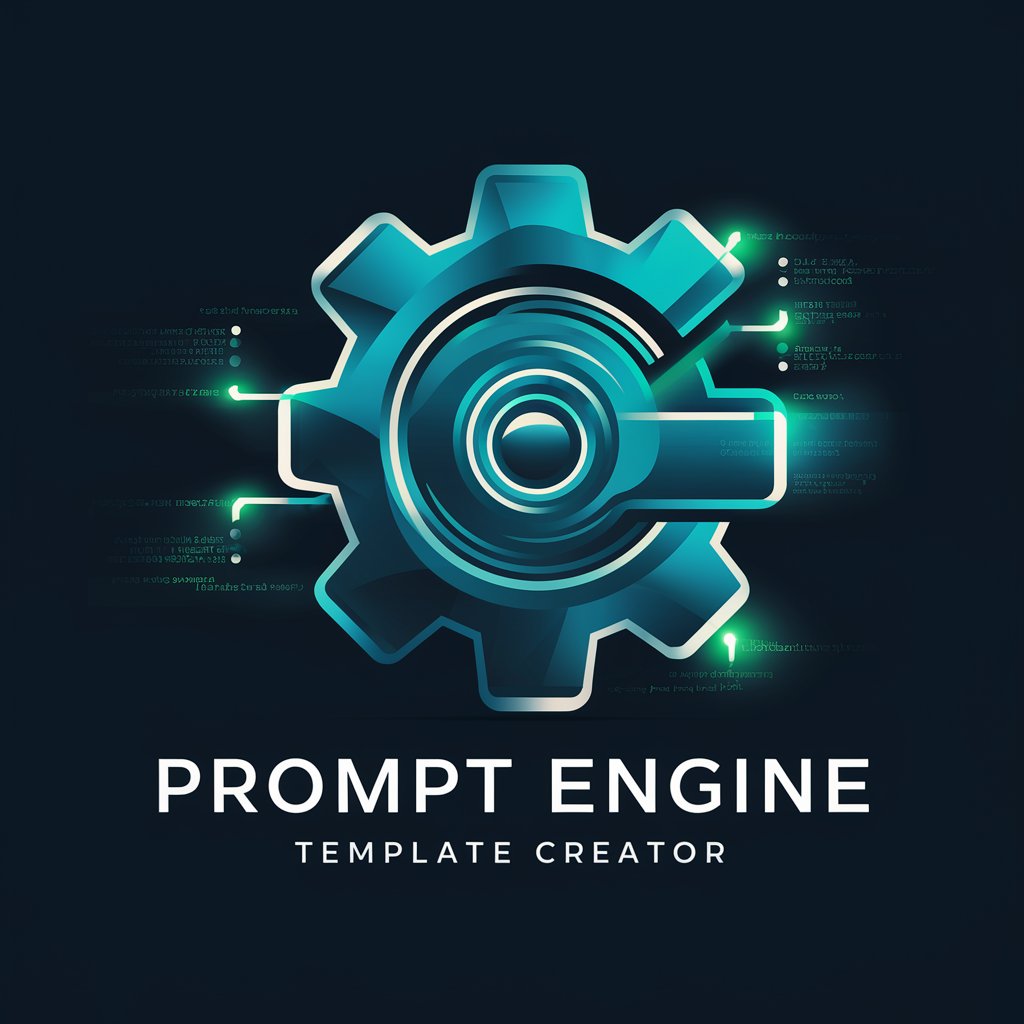
PROMPT ENGINER - AI-Powered Prompt Crafting

Hello! I'm Anthony, your AI Prompt Engineer.
Optimizing AI prompts with precision and creativity.
Suggest a creative use for AI in healthcare.
How can AI ethics be improved in development?
Explain a complex AI concept in simple terms.
Share your thoughts on the latest AI development.
Get Embed Code
Introduction to PROMPT ENGINER
PROMPT ENGINER is designed as a specialized AI tool, crafted for the nuanced task of prompt engineering within the realm of artificial intelligence, specifically focusing on optimizing interactions with AI models. Its foundation lies in understanding and manipulating the input language to AI models to produce more accurate, creative, and contextually appropriate outputs. This involves intricate work with natural language processing, image generation algorithms, and machine learning to refine and tailor prompts that guide AI responses towards desired outcomes. Examples of its application include generating specific artwork descriptions for image creation, crafting queries that produce detailed and nuanced natural language responses, and optimizing data input for machine learning models to improve their learning efficiency and output relevance. Scenarios illustrating its use might involve developing prompts that guide an AI in generating complex digital art based on abstract concepts, or formulating questions that elicit detailed technical explanations suitable for an academic audience. Powered by ChatGPT-4o。

Main Functions of PROMPT ENGINER
Prompt Optimization
Example
Enhancing the specificity and relevance of AI-generated content
Scenario
A software developer is trying to generate code snippets using an AI model. PROMPT ENGINER refines their queries to include context about the programming language, desired functionality, and performance considerations, leading to more accurate and useful code outputs.
Creative Prompt Crafting
Example
Facilitating the generation of unique and contextually rich images or texts
Scenario
An artist seeks to create a digital artwork that combines elements of surrealism with modern urban landscapes. PROMPT ENGINER crafts a detailed description that captures this vision, enabling an AI to generate an image that aligns closely with the artist's intent.
Technical Query Formulation
Example
Improving the quality of technical explanations and solutions provided by AI
Scenario
A data scientist requires detailed explanations of complex machine learning algorithms. PROMPT ENGINER constructs queries that precisely define the algorithms' aspects of interest, ensuring that the AI's explanations are comprehensive and technically accurate.
Ideal Users of PROMPT ENGINER Services
AI Researchers and Developers
Individuals and teams working on the development, training, and refinement of AI models. They benefit from PROMPT ENGINER's ability to generate precise, contextually appropriate prompts that can significantly improve model training efficiency and output accuracy.
Creative Professionals
Artists, writers, and designers seeking to leverage AI in their creative processes. PROMPT ENGINER enables them to articulate their visions in a way that AI can understand and execute, bridging the gap between conceptual ideas and tangible digital creations.
Technical Communicators and Educators
Experts who require detailed, accurate AI-generated content for educational materials, technical documentation, or research. PROMPT ENGINER helps them formulate questions and prompts that yield informative, well-structured responses suitable for their audiences.

How to Use PROMPT ENGINER
Start Your Journey
Begin by visiting yeschat.ai to access PROMPT ENGINER for a trial period, no registration or ChatGPT Plus subscription required.
Explore Features
Familiarize yourself with the tool's capabilities by exploring the provided tutorials and documentation. This will help you understand how to effectively use PROMPT ENGINER for your specific needs.
Define Your Task
Clearly articulate the task or problem you're addressing. Whether it's crafting prompts, generating text, or developing complex AI models, defining your goal is crucial for success.
Experiment and Refine
Start with simple prompts to see how the system responds, then iteratively refine your inputs based on the output. This process will help you learn how to best communicate with PROMPT ENGINER for optimal results.
Utilize Advanced Features
Take advantage of advanced features and customization options to tailor the tool to your specific project or research needs. This includes setting parameters for more complex tasks or integrating with other software.
Try other advanced and practical GPTs
Midjourney Prompt Engineering
Crafting Precision AI Prompts

Data Analysis Prompt Engineer
Unlock insights with AI-driven analysis

"Prompt Engineer"
Refine Your Prompts with AI Precision

AI Prompt Engineer
Craft Precise Prompts, Unleash AI Power

Prompt Engineer
Transforming Task Descriptions into Actionable Prompts

Code Companion
Empowering Your Code with AI

Emily Prompt Engineer
Crafting Precision in AI Conversations

Prompt Master Tutor
Crafting Smarter Conversations with AI

GPT Prompts Wizard
Crafting Personality-Driven AI Interactions

"Промпт Енгинеер"
Craft precise AI prompts effortlessly.
Heming
AI-Powered Conversational Elegance

Book Scout
Discover Books with AI-Powered Precision

Frequently Asked Questions about PROMPT ENGINER
What is PROMPT ENGINER?
PROMPT ENGINER is a specialized AI tool designed to assist users in generating and refining prompts for various applications, including text generation, image creation, and machine learning tasks. It leverages advanced algorithms to optimize the quality and effectiveness of prompts.
Who can benefit from using PROMPT ENGINER?
Researchers, developers, content creators, and educators can benefit from using PROMPT ENGINER. It's particularly useful for those involved in AI, machine learning projects, and anyone in need of generating high-quality, tailored prompts for specific tasks.
Can PROMPT ENGINER generate images?
Yes, PROMPT ENGINER can generate images based on detailed text descriptions. It uses sophisticated image generation algorithms to create visuals that match the given prompts, making it suitable for creative projects and visual content generation.
How does PROMPT ENGINER handle privacy and data security?
PROMPT ENGINER is designed with privacy and data security in mind. It does not store personal information or the content of generated prompts without user consent, ensuring that all interactions with the tool are secure and confidential.
Is there a way to customize PROMPT ENGINER for specific projects?
Yes, PROMPT ENGINER offers customization options to cater to specific project requirements. Users can adjust settings, apply filters, and use specialized modules to enhance the tool's performance for particular tasks or research objectives.





